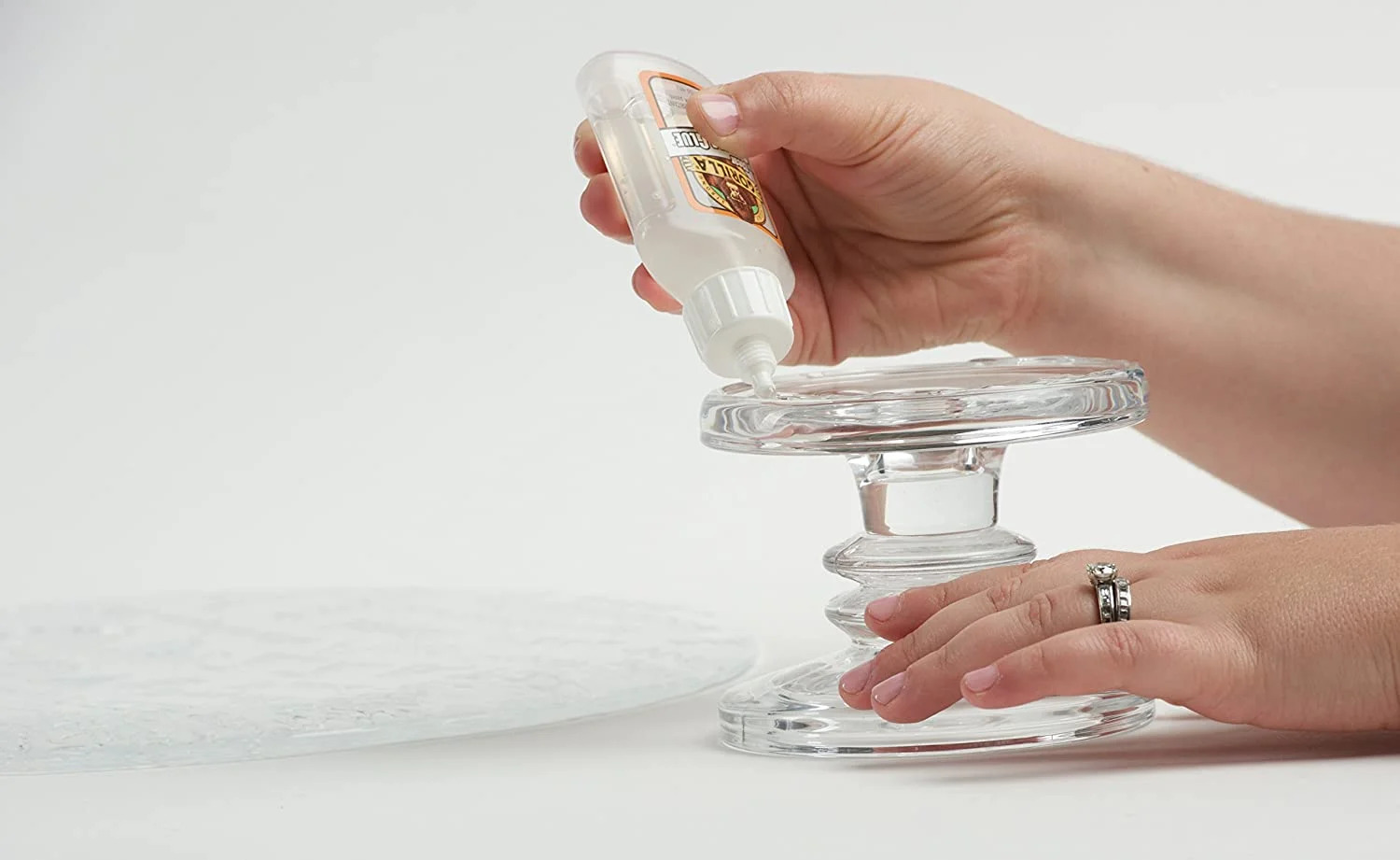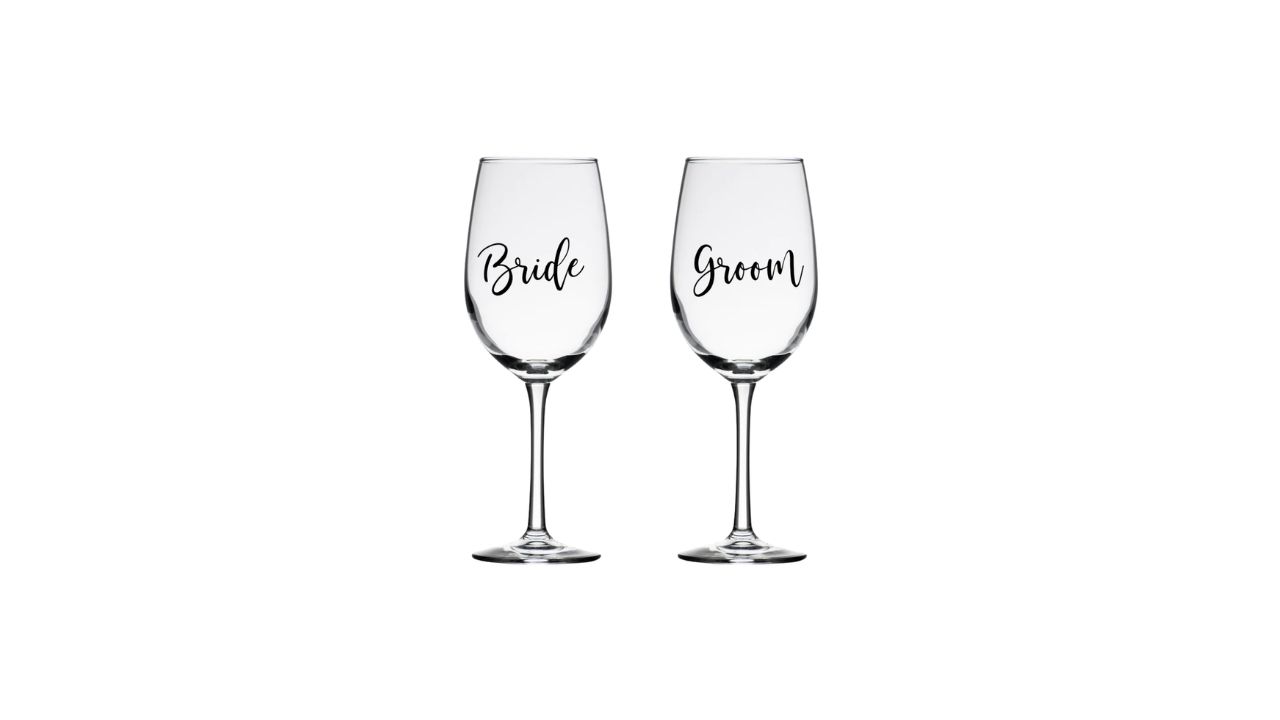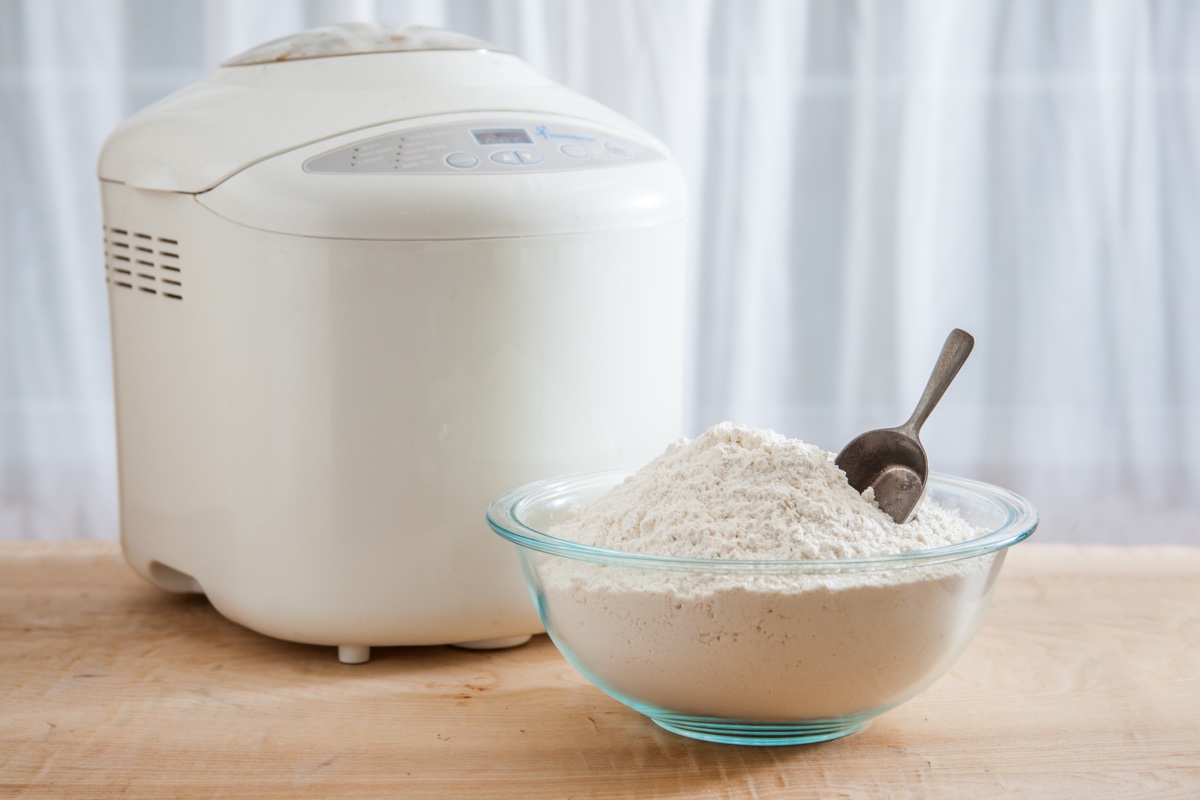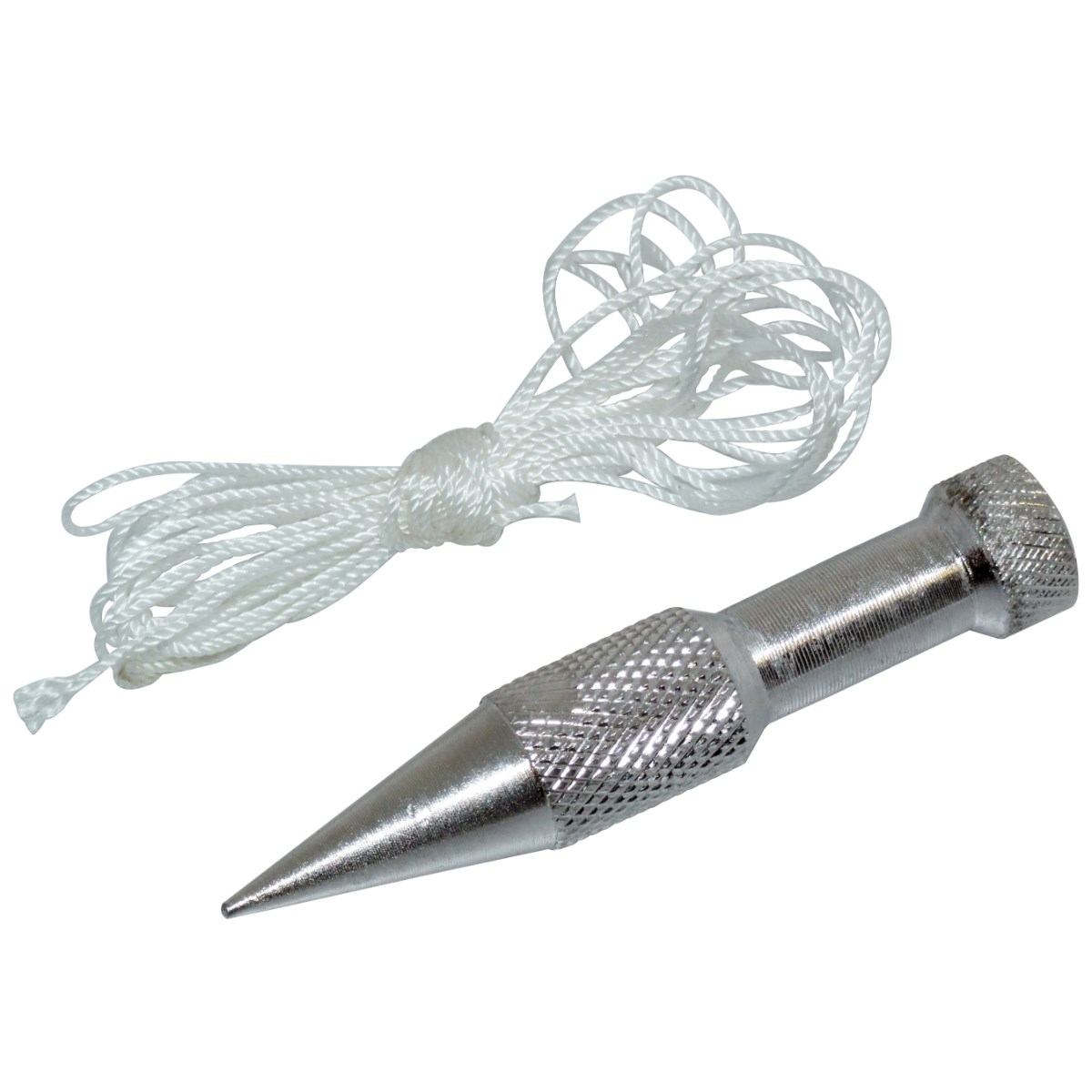Home>Furniture & Design>Interior Design Trends>What Kind Of Paint Do You Use On Glass


Interior Design Trends
What Kind Of Paint Do You Use On Glass
Modified: September 1, 2024
Discover the latest interior design trends for painting glass surfaces. Learn what kind of paint to use for stunning, long-lasting results. Elevate your space with expert tips and techniques.
(Many of the links in this article redirect to a specific reviewed product. Your purchase of these products through affiliate links helps to generate commission for Storables.com, at no extra cost. Learn more)
Introduction
When it comes to adding a personal touch to glass surfaces, choosing the right type of paint is crucial. Whether you're looking to revamp glassware, create stunning window art, or add a decorative flair to glass ornaments, selecting the appropriate paint is essential for achieving the desired results. Each type of paint offers unique characteristics, and understanding their properties can help you make an informed decision based on your specific project requirements. In this comprehensive guide, we'll explore various types of paints suitable for glass surfaces, shedding light on their distinct features and best applications. From versatile acrylic paints to specialized glass paints and durable enamel options, we'll delve into the diverse array of choices available, empowering you to embark on your glass-painting endeavors with confidence and creativity.
Key Takeaways:
- Choose acrylic paint for vibrant and durable glass designs. Its wide color range and quick-drying nature make it perfect for various projects, from window art to personalized glassware.
- Opt for enamel paint for enduring and glossy glass designs. Its exceptional durability and lustrous finish make it ideal for glassware, decorative panels, and architectural features.
Read more: What Kind Of Paint Do You Use On Stucco
Acrylic Paint
Acrylic paint stands out as a popular choice for painting on glass due to its versatility and ease of use. This water-based paint adheres well to glass surfaces, offering a durable and vibrant finish. Its quick-drying nature is particularly advantageous, allowing for efficient layering and blending techniques. Whether you're a novice or experienced artist, acrylic paint provides an accessible medium for unleashing your creativity on glass.
One of the key benefits of using acrylic paint on glass is its exceptional adhesion. When applied to clean and properly prepared glass surfaces, acrylic paint forms a strong bond, minimizing the risk of peeling or flaking over time. This ensures that your artwork or decorative designs maintain their integrity and visual appeal for an extended period.
Furthermore, acrylic paint offers an extensive color range, enabling artists to explore a spectrum of hues and tones to bring their visions to life. Whether you're aiming for translucent washes or opaque layers, acrylic paint can be easily manipulated to achieve the desired level of transparency and coverage. This adaptability makes it an ideal choice for creating intricate details, patterns, and gradients on glass surfaces.
In addition to its adherence and color versatility, acrylic paint is also known for its durability. Once dried, it forms a resilient layer that can withstand handling and gentle cleaning, making it suitable for glassware, windows, and decorative glass items. Moreover, acrylic paint can be sealed with a clear varnish or sealant to enhance its longevity and protect the painted surface from wear and tear.
When working with acrylic paint on glass, it's essential to ensure proper surface preparation to promote optimal adhesion. Thoroughly cleaning the glass and using a suitable primer designed for glass surfaces can significantly enhance the paint's bond and longevity. Additionally, employing the right brushes and techniques, such as stippling, layering, and blending, can elevate the visual impact of your acrylic-painted glass creations.
In summary, acrylic paint offers a compelling option for embellishing glass surfaces, providing artists and DIY enthusiasts with a versatile and durable medium for expressing their creativity. Its exceptional adhesion, color range, and durability make it a go-to choice for various glass-painting projects, from decorative accents to personalized gifts and beyond. With the right techniques and attention to surface preparation, acrylic paint can transform ordinary glass into captivating works of art, adding a touch of color and charm to any space.
Enamel Paint
Enamel paint emerges as a formidable option for painting on glass, renowned for its exceptional durability and glossy finish. This oil-based paint is formulated to create a robust bond with glass surfaces, ensuring long-lasting and resilient results. Its ability to withstand environmental elements and frequent handling makes it a preferred choice for glassware, decorative glass panels, and window accents.
One of the standout features of enamel paint is its remarkable adhesion to glass. When properly applied and cured, enamel paint forms a strong and enduring bond, minimizing the risk of chipping or peeling over time. This attribute is particularly advantageous for glass items that undergo regular use, such as drinking glasses, vases, and decorative plates, as it ensures that the painted designs remain intact and visually striking.
In addition to its robust adhesion, enamel paint offers a lustrous and smooth finish that enhances the visual appeal of glass surfaces. The glossy sheen achieved with enamel paint adds a touch of elegance and sophistication to painted glass items, making them stand out as captivating décor elements. Whether used for intricate designs, bold patterns, or solid color applications, enamel paint imparts a polished and professional look to glass, elevating its aesthetic allure.
Furthermore, enamel paint is known for its exceptional durability and resistance to wear. Once cured, it forms a hard and resilient coating that can withstand frequent handling and mild cleaning, making it suitable for glass items that are regularly used or displayed. This durability ensures that the painted designs retain their vibrancy and integrity, contributing to the longevity of the glass-painted creations.
When working with enamel paint on glass, proper surface preparation is crucial to ensure optimal adhesion and longevity. Thoroughly cleaning the glass surface and using a suitable primer designed for glass can enhance the paint's bond and overall performance. Additionally, applying enamel paint in thin, even coats and allowing sufficient drying and curing time is essential for achieving a flawless and enduring finish on glass.
In summary, enamel paint presents a compelling choice for embellishing glass surfaces, offering exceptional adhesion, a lustrous finish, and remarkable durability. Its ability to withstand frequent use and environmental factors makes it an ideal option for a wide range of glass-painting projects, from glassware and decorative items to window accents and personalized gifts. With its enduring qualities and visual appeal, enamel paint empowers artists and DIY enthusiasts to transform glass into enduring works of art, adding a touch of sophistication and charm to any setting.
Glass Paint
Glass paint, specifically formulated for adhesion to glass surfaces, offers a specialized solution for creating stunning and enduring designs on glass. Unlike traditional acrylic or enamel paints, glass paint is designed to bond securely with glass, ensuring long-lasting and vibrant results. This type of paint is available in a variety of formulations, including transparent, translucent, and opaque options, catering to diverse artistic preferences and project requirements.
One of the defining features of glass paint is its exceptional adhesion to glass surfaces. Formulated with specific binders and additives, glass paint establishes a strong and enduring bond with the glass, minimizing the risk of peeling, flaking, or fading over time. This robust adhesion is essential for ensuring that painted designs on glassware, decorative panels, or windows maintain their visual impact and integrity, even with regular use and gentle cleaning.
Glass paint offers a versatile range of finishes, allowing artists and DIY enthusiasts to achieve diverse visual effects on glass. Transparent and translucent glass paints enable the creation of ethereal and light-infused designs, adding a delicate and airy touch to glass surfaces. On the other hand, opaque glass paints provide the opportunity to craft bold and vibrant designs, infusing glass items with striking colors and captivating patterns.
Furthermore, glass paint is often formulated to withstand environmental elements and UV exposure, making it suitable for exterior applications such as painted windows, glass doors, and outdoor glass decor. This weather-resistant characteristic ensures that the painted designs maintain their brilliance and durability, enhancing the visual appeal of outdoor spaces and architectural features.
When working with glass paint, proper surface preparation is crucial to optimize adhesion and longevity. Thoroughly cleaning the glass surface and using a suitable primer designed for glass can significantly enhance the paint's bond and overall performance. Additionally, employing the right application techniques, such as brush painting, airbrushing, or stenciling, can elevate the visual impact of glass-painted creations, allowing for intricate details and captivating designs.
In summary, glass paint stands out as a specialized and versatile option for embellishing glass surfaces, offering exceptional adhesion, diverse finishes, and weather-resistant properties. Whether used for interior decor, personalized glassware, or outdoor embellishments, glass paint empowers artists and DIY enthusiasts to transform glass into enduring works of art, adding a touch of elegance and creativity to any setting.
When painting on glass, use acrylic enamel paint or specially formulated glass paint for best adhesion and durability. Make sure to clean the glass thoroughly before painting to ensure the paint sticks well.
Spray Paint
Spray paint offers a convenient and versatile approach to painting on glass, providing artists and DIY enthusiasts with a user-friendly and efficient method for creating vibrant and enduring designs. This aerosol-based paint is formulated to adhere well to glass surfaces, offering a smooth and seamless application process that can yield impressive results.
One of the key advantages of spray paint for glass is its ease of use. The aerosol delivery system allows for quick and uniform coverage, enabling artists to achieve consistent and professional-looking finishes with minimal effort. Whether used for large glass panels, decorative glassware, or intricate window art, spray paint simplifies the painting process, making it accessible to individuals of varying skill levels.
In addition to its user-friendly nature, spray paint offers a wide range of colors and finishes, allowing for diverse creative expressions on glass. From glossy and metallic hues to matte and textured effects, the versatility of spray paint enables artists to explore an array of visual possibilities, bringing their artistic visions to life with precision and flair.
Furthermore, spray paint is known for its quick drying and curing times, facilitating efficient project completion and turnaround. This rapid drying characteristic minimizes the risk of smudges or smears, allowing artists to work on multiple layers or intricate designs without prolonged waiting periods. The swift drying process also contributes to the overall efficiency of glass-painting projects, making spray paint a practical choice for time-sensitive endeavors.
When using spray paint on glass, proper surface preparation and application techniques are essential for achieving optimal results. Thoroughly cleaning the glass surface and ensuring a dust-free environment can promote strong adhesion and a flawless finish. Additionally, applying spray paint in thin, even coats and maintaining an appropriate distance during spraying can help prevent drips or uneven coverage, ensuring a professional and polished outcome.
In summary, spray paint stands out as a convenient and versatile option for painting on glass, offering ease of use, diverse color choices, and rapid drying properties. Whether employed for decorative accents, window art, or personalized glass items, spray paint empowers artists and DIY enthusiasts to unleash their creativity on glass surfaces, adding a touch of color and artistry to any space.
Oil-Based Paint
Oil-based paint presents a formidable option for painting on glass, renowned for its exceptional durability and versatility. This type of paint, formulated with oil-based binders and pigments, offers a robust and enduring solution for creating enduring designs on glass surfaces. Its ability to form a strong bond with glass, coupled with its lustrous finish and weather-resistant properties, makes it a preferred choice for a wide range of glass-painting projects.
One of the standout features of oil-based paint is its remarkable adhesion to glass. When properly applied and cured, oil-based paint establishes a resilient bond with the glass surface, ensuring long-lasting and visually striking results. This strong adhesion minimizes the risk of chipping, peeling, or fading, making it an ideal option for glass items that are regularly handled or displayed.
In addition to its exceptional adhesion, oil-based paint offers a smooth and glossy finish that enhances the visual appeal of glass surfaces. The lustrous sheen achieved with oil-based paint adds a touch of elegance and sophistication to painted glass items, making them stand out as captivating décor elements. Whether used for intricate designs, bold patterns, or solid color applications, oil-based paint imparts a polished and professional look to glass, elevating its aesthetic allure.
Furthermore, oil-based paint is known for its exceptional durability and resistance to environmental elements. Once cured, it forms a hard and resilient coating that can withstand frequent handling and mild cleaning, making it suitable for glass items that are regularly used or displayed. This durability ensures that the painted designs retain their vibrancy and integrity, contributing to the longevity of the glass-painted creations.
When working with oil-based paint on glass, proper surface preparation is crucial to ensure optimal adhesion and longevity. Thoroughly cleaning the glass surface and using a suitable primer designed for glass can enhance the paint's bond and overall performance. Additionally, applying oil-based paint in thin, even coats and allowing sufficient drying and curing time is essential for achieving a flawless and enduring finish on glass.
In summary, oil-based paint stands out as a durable and visually appealing option for embellishing glass surfaces, offering exceptional adhesion, a lustrous finish, and remarkable durability. Its ability to withstand environmental factors and frequent handling makes it an ideal choice for a wide range of glass-painting projects, from glassware and decorative items to window accents and personalized gifts. With its enduring qualities and visual appeal, oil-based paint empowers artists and DIY enthusiasts to transform glass into enduring works of art, adding a touch of sophistication and charm to any setting.
Conclusion
In conclusion, the world of glass painting offers a diverse array of paint options, each with its unique characteristics and advantages. From the versatile and vibrant acrylic paint to the enduring and lustrous oil-based paint, artists and DIY enthusiasts have a rich palette of choices for embellishing glass surfaces with creativity and flair.
Acrylic paint stands out as a popular and accessible option for painting on glass, offering exceptional adhesion, a wide color range, and durability. Its quick-drying nature and adaptability make it suitable for various glass-painting projects, from delicate window art to personalized glassware.
Enamel paint, with its remarkable durability, glossy finish, and robust adhesion, presents a compelling choice for creating enduring designs on glass. Its ability to withstand frequent handling and environmental elements makes it an ideal option for glassware, decorative panels, and architectural glass features.
Glass paint, specifically formulated for adhesion to glass surfaces, offers a specialized solution for creating stunning and enduring designs on glass. Its exceptional adhesion, diverse finishes, and weather-resistant properties make it a versatile choice for interior and exterior glass-painting projects, adding elegance and creativity to any setting.
Spray paint provides a convenient and efficient approach to painting on glass, offering quick coverage, diverse color choices, and rapid drying properties. Its user-friendly nature and versatility make it an accessible option for artists and DIY enthusiasts looking to add vibrant designs to glass surfaces with ease.
Oil-based paint, known for its exceptional durability, lustrous finish, and enduring adhesion, stands out as a formidable choice for embellishing glass surfaces. Its ability to withstand environmental factors and frequent handling makes it a preferred option for a wide range of glass-painting projects, from decorative accents to personalized gifts.
In essence, the choice of paint for glass-painting endeavors depends on the specific requirements of the project, the desired visual effects, and the intended use of the painted glass items. Whether aiming for vibrant and translucent designs with acrylic paint, enduring and glossy finishes with enamel or oil-based paint, or specialized effects with glass paint, artists and DIY enthusiasts can explore a spectrum of possibilities to transform glass into enduring works of art, adding a touch of color, elegance, and creativity to any space.
Frequently Asked Questions about What Kind Of Paint Do You Use On Glass
Was this page helpful?
At Storables.com, we guarantee accurate and reliable information. Our content, validated by Expert Board Contributors, is crafted following stringent Editorial Policies. We're committed to providing you with well-researched, expert-backed insights for all your informational needs.















0 thoughts on “What Kind Of Paint Do You Use On Glass”